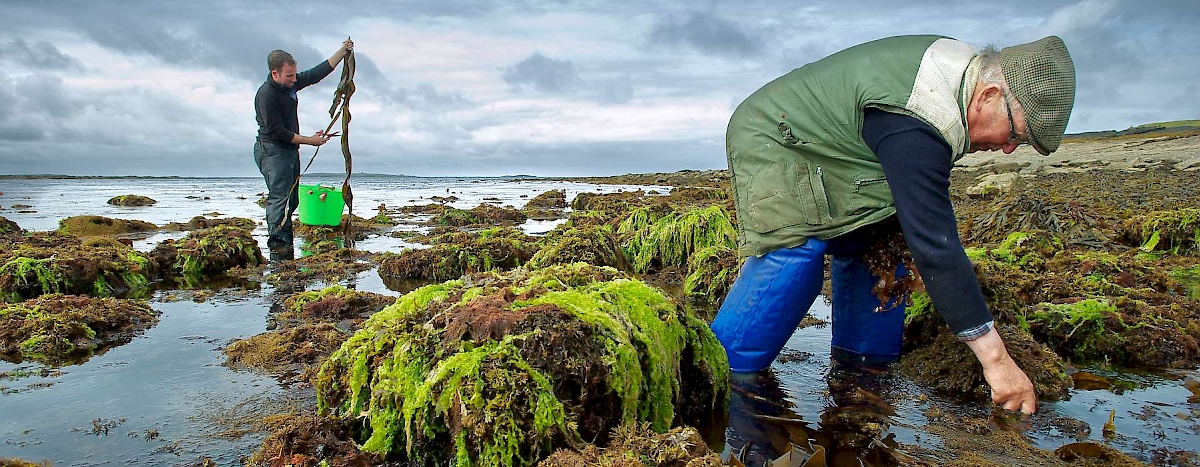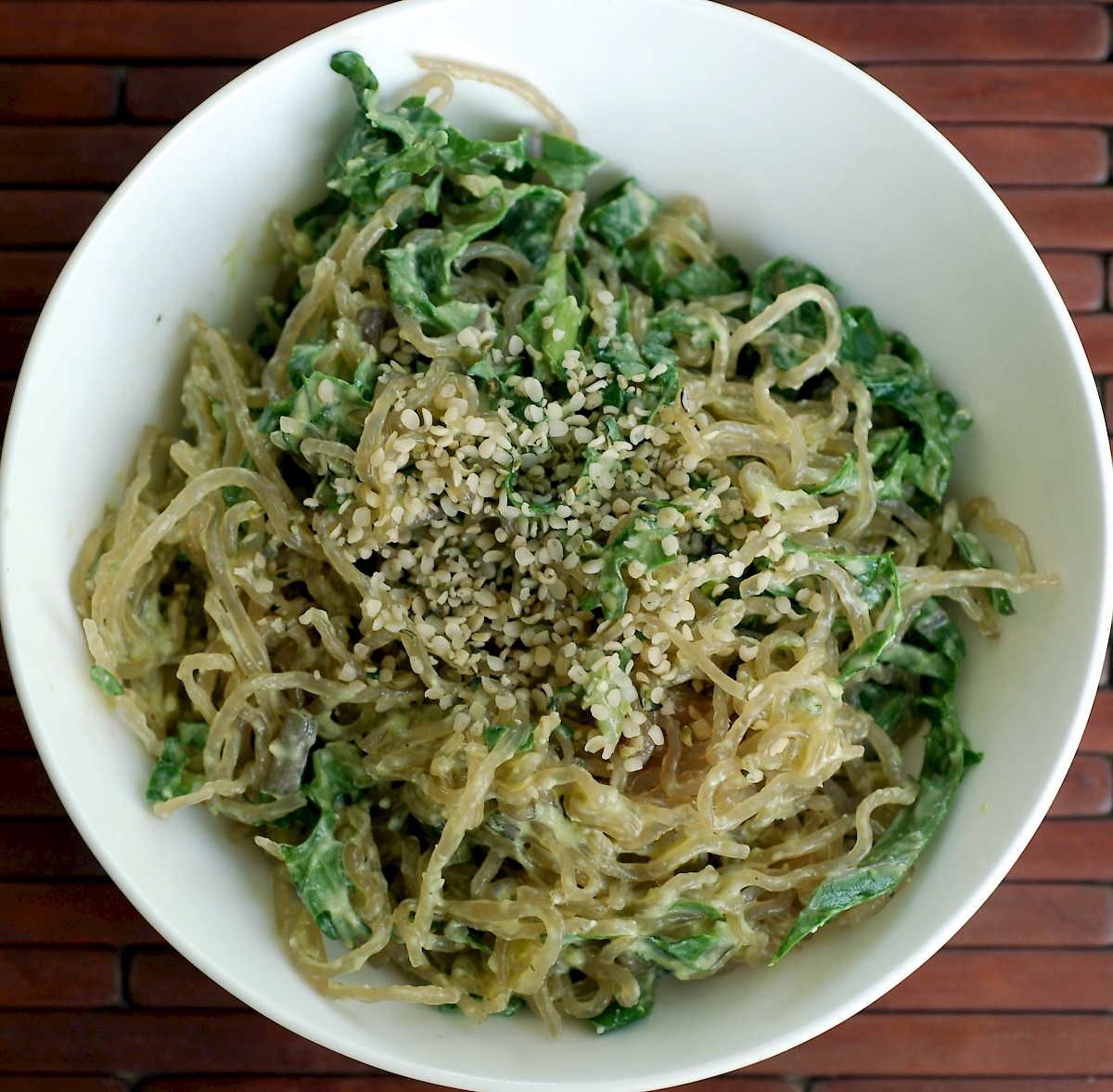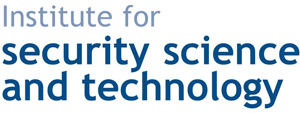A combination of improved agricultural food production methods and an increase of average per capita income have led to a decrease in global hunger over the last half-century, despite a doubling of the world’s population. However, worldwide food production is now facing a greater challenge than ever before.
Previously utilised methods of intensifying agriculture are thought to have a high impact on the environment. By 2054 it is estimated that the global population will consume almost 940 million metric tonnes of protein per year. Currently under-exploited, seaweeds and microalgae contain up to 47% dry weight protein. Could seaweed-based foods feed future generations?
The marine environment contains a myriad of plant and animal life rich in nutrients and bioactive molecules. Seaweeds and microalgae are important members of the marine community and play important roles in carbon sequestering within the marine food chain. Both seaweeds and microalgae are utilized by marine animals and fish for survival but if recovered and processed correctly, could provide food for human consumption.

The different types of seaweeds (red, brown and green) are found in coastal regions globally, and especially in the Atlantic waters of Ireland, Canada and England. The use of seaweed as a food dates back to the fourth century in Japan and the sixth century in China. Indeed, it has been eaten by coastal people since prehistoric times. In Newfoundland and parts of Atlantic Canada red seaweeds are eaten as crisp-like snacks, and there is a long tradition of eating the red seaweed Palmaria palmata (Dulse) in Ireland where it was consumed during the Great Famine.
Today, Japan, China and South Korea are the largest consumers of seaweeds, but demand has increased in other parts of the world also where it can be found in biscuits and breads. In Ireland Dulse is eaten as a snack, while carrageen (Irish moss) is used for jellies and puddings. In Wales, laverbread, which is made from the red seaweed Porphyra species and oats, is consumed for breakfast.
Which protein?
Seaweeds and microalgae, rich in high-quality proteins, have the potential to contribute significantly to the supply of sustainable, healthy, nutritious food. Protein is essential for tissue growth, repair and maintenance. However, the quality of the protein source can vary dramatically, depending on its digestibility and the availability of amino acids.
Animal sources of protein are generally considered as complete proteins, as they are a rich source of amino acids, including essential amino acids which the human body is unable to make. Alternatively, plant proteins are often considered an incomplete protein source as they commonly lack one or more of the essential amino acids. However, the lacking essential amino acid(s) in plant-based proteins can differ, meaning that an individual should be able to obtain a sufficient quantity of all essential amino acids if they consume a varied diet of fruit, vegetables, grains, and legumes1.
Algal proteins, a form of plant protein, can suffer from poor digestibility, but can also have beneficial health effects that go above and beyond basic human nutrition including improved control of blood pressure and diabetes.

From sea to table
However, harvesting of algal protein is only economically viable if valuable products are extracted efficiently and co-products used optimally. Current processes of algal protein isolation may be considered laborious, time-consuming, and economically unviable. In this regard, much may be learnt from the dairy processing industry.
For example, the use of ultra and diafiltration as well as ultrasonics and hydrolysis could yield interesting protein powder products for human and animal use. It may be possible to generate high value, desirable protein products from currently under-utilized seaweed crops and microalgae. However, it is necessary to reduce waste during these processing steps and to prioritise low energy approaches.
The use of seaweed and microalgae for protein production is also limited by a number of factors that can include harvesting access and rights for interested companies. For example, in Ireland, traditionally, harvesting rights for seaweeds are passed down from family to family. In addition, the seasonality of seaweed and microalgal supply and the geographical location of seaweed harvest can impact on the quantity and quality of the proteins that are isolated. Contamination of microalgae cultures is also a problem. Moreover, the technology and scale of processing for seaweed and microalgal protein isolation is limited except perhaps in the use of microalgae for biofuel production.
In order to combat these challenges, there are emerging centers of specialism. For example, NutraMara, the Marine Functional Food Research Initiative in Ireland, focused its research on fish processing waste streams, underutilized raw materials, and underutilized species of fish and seaweed. It developed value-added marine functional food concepts while fostering collaboration between higher education research institutions and the food industries. The production of edible seaweeds project is based on the small Danish islands and Bornholm - remote areas, threatened by depopulation and a loss of business opportunities. In this case, seaweed production presents a potential new opportunity for local entrepreneurs, including fishermen.
A fishy outlook
At present, investment in European protein production relies heavily on soya protein. Utilization of algae as a protein source has the potential to be environmentally and economically sustainable if processes are developed as they have been in the dairy industry. Driving forward EU policies on agriculture, health, environment and sustainable food security, the science behind seaweed-based food and algal protein extraction warrants increased focus and investment.











